
Fauna Smart Technologies
ID: 4493
21. september 2022
Intelligent platform for pest and disease management in horticulture supports the transition to greener, healthier and more efficient farming practices.
ID: 4550
12. oktober 2022
The Centre for Research and Technology-Hellas (CERTH) was founded in 2000 and has since grown to be among the leading research centres in Greece, as well as among the top 20 in the European Union. More than 700 people work at CERTH to make scientific achievements that accelerate technological development in a variety of areas, ranging from Energy, Environment, Industry, Mechatronics, Information and Communication, Transportation and Sustainable Mobility, Health, Agro-biotechnology and Smart farming, to Safety and Security. The Centre is a legal entity governed by private law with non-profit status. CERTH is self-supported and generates an average annual turnover of ~ € 25 Million.
The Information Technologies Institute (ITI), which is a sub-institute and founding member of CERTH, has recently launched the first smart and energy-efficient building in Greece, aiming to establish a future-proof, sustainable, and active test-validate-evaluate ecosystem and hub for technology innovation.
The Smart House offers an ICT infrastructure for rapid prototyping and demonstration of novel technologies while at the same time resembling a real home. The facility enables stakeholders to explore various IoT-empowered technologies in living scenarios, facilitated by expert support and services on big data, artificial intelligence, robotics, virtual and augmented reality. The Smart House is being used as testbed and pilot site by the research community in general, and by CERTH in particular, as well as by industrial and commercial companies.
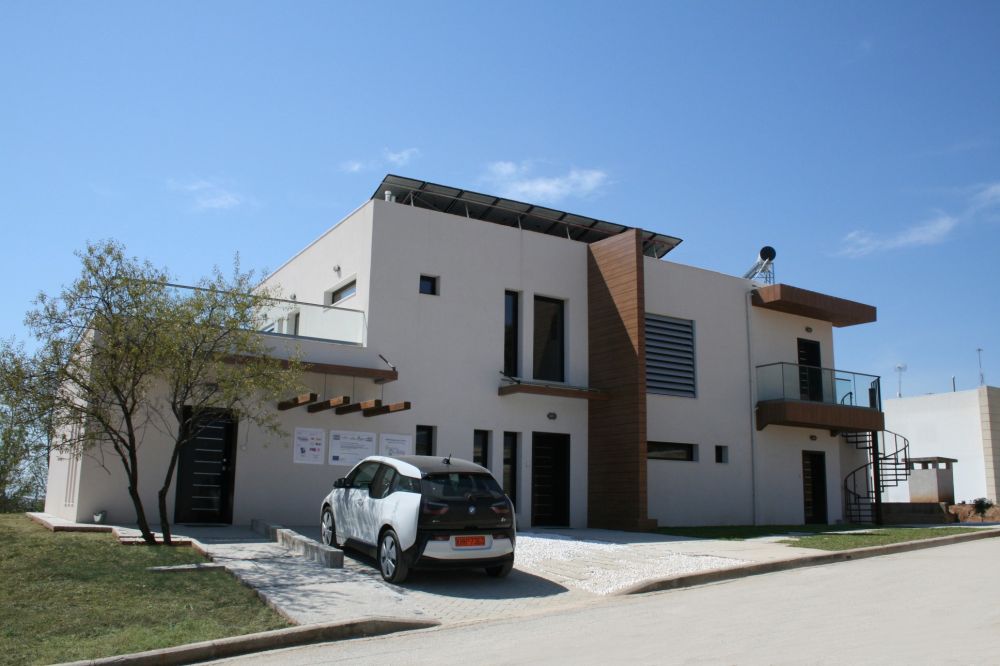
The incentive of CERTH and ITI to develop the Smart House derives from an ambition to support the development and accelerate the adoption of novel IoT-empowered solutions across industry domains, and address challenges identified at regional, national, and European levels.
“What we are trying to do, is to integrate and incorporate – within the ecosystem – technologies that are unique and very innovative.”
Dimosthenis Ioannidis, Computer Electrical Engineer and Researcher, CERTH ITI
Over the years, the Centre has gained significant experience in the ICT domain and supported many companies – start-ups, SMEs, and large corporations across various sectors – by offering infrastructure, tools, services, and technical expertise. Observing how these individual companies evolve and cultivate innovative solutions, the Centre became increasingly curious on the synergies that could potentially arise among solutions, technologies, and partners, if properly facilitated. Hence, CERTH made it their mission to build a hub for ICT stakeholders, uniting the innovators in research and in industry to evolve collectively and generate long term sustainable collaborations.
In the process of designing and developing the physical building, as well as its smart infrastructure, CERTH put much effort into finding top performing construction entities and excellent materials as well as to attain various building permissions. The idea of a Smart House was a pioneering initiative in the Greek region, and it had one sole purpose: to provide an environment and an ecosystem for novel technologies and IoT solutions to be rapidly prototyped, developed, and validated before introduced to the market.
The actual house was constructed from 2014 to 2016, whereas the smart infrastructure was installed in early 2017. The Smart House is shareable among the many institutes of CERTH and 30-40 % of the employees from the Centre are periodically engaged in the activities. 20-30 people are physically present in the house every day, demonstrating, developing and/or controlling activities of the infrastructure.

The Smart House is a unique building that is based on a combination of state-of-the-art construction materials and intelligent ICT systems. The Smart House is profound IoT, and as a phenomenon, IoT is integrated in all elements throughout the building, which is a space for deploying, evaluating, and validating solutions that are IoT as well.
“We are in an IoT era. Everything here is IoT enabled… From that perspective we can govern many business-related activities and support new business models.”
Dimosthenis Ioannidis, Computer Electrical Engineer and Researcher, CERTH ITI
The Smart House is equipped with a multi-sensorial network that measures in real-time practically all parameters that may pose issues of a modern home and workplace (such as energy, occupancy, health, etc.). In addition to basic hardware for data collection (sensors for vision and image, motion, temperature, radiation, proximity, pressure, particles etc.), the Smart House has embedded systems such as:
To ensure the interoperability of third-party solutions, the Smart House has inverters that allow integration to the embedded systems and the battery system of the infrastructure, as well as smart plugs that are applicable for connecting assets that are not smart.
Many megabytes of data are produced by the Smart House within a month, and in some scenarios, it even amounts to gigabytes of information. The data collected by the sensors and systems in the building include environmental conditions (temperature, humidity, Co2, pollutant gasses); acoustics, sounds and noise levels; water consumption; electricity consumption (voltage, amperage, harmonics); people in and out flows; visioning and image (thermographic, RGB and depth camera material), health conditions (oximeter and pressure meter values), and when requested, collection of further specialised datasets is probable.
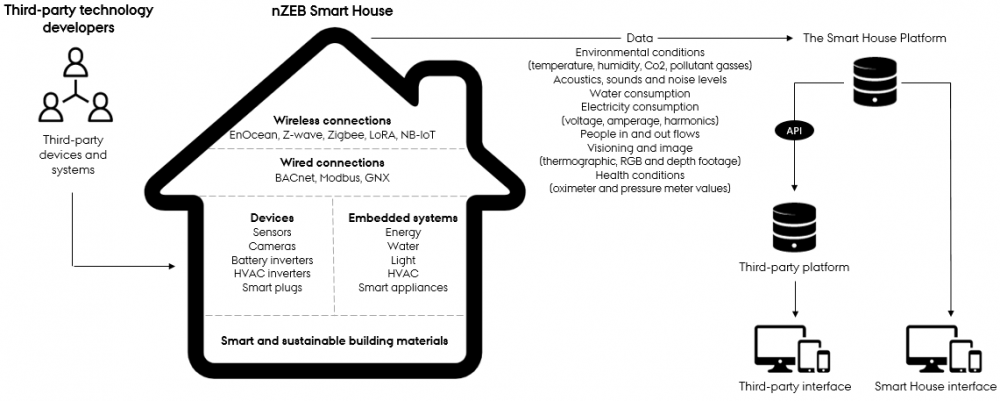
To generate the large amounts of data, the Smart House has a variety of wireless and wired communication protocols integrated in the infrastructure, including NB-IoT [1] among others, making the Smart House the very first emulated environment using the novel protocol in Greece. Up to 90% of the available communication protocols have been integrated with either commercial or custom gateways.
All the data is stored and managed by ‘The Smart Home platform’ developed by CERTH. This platform provides an end-to-end framework to collect, process, analyse, and present the data that is collected at different architectural nodes. Historical and real-time data are shared among the applications that exist in the infrastructure by an open API [2], and over the layer of the IoT platform are various communication schemes that enable third-party platforms of the ecosystem to access and acquire the data as well.
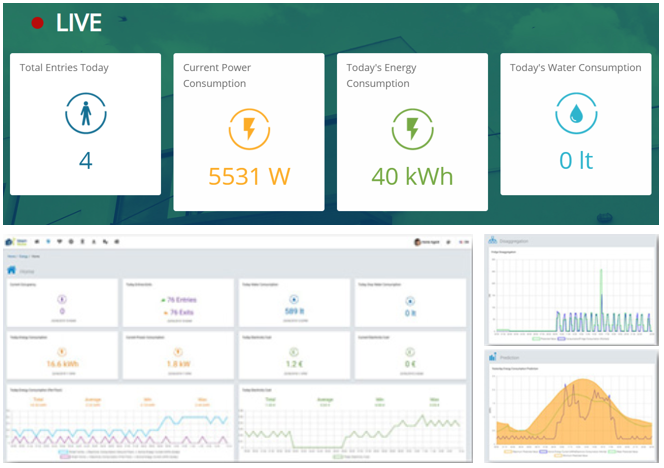
Complementary to the Smart Home Platform are a variety of analytical and support services, which are provided based on the needs of the individual stakeholder. CERTH amplifies these services with guidance on the results and technical expertise of the Centre for further development and enhancement of the stakeholder’s hardware and/or software.
A variety of technology business cases can be supported by the infrastructure of the Smart House. Various novel technologies, such as big data, artificial intelligence, robotics, and virtual and augmented reality are put into practice in the Smart House, where the team from CERTH attempts to verify their functionalities and performance as well as stress test them under different scenarios.
“Here we can do anything from initial training sessions up to the development of high TRL technology – and this is benchmarked in real life.”
Dimosthenis Ioannidis, Computer Electrical Engineer and Researcher, CERTH ITI
The ability of the Smart House to provide an infrastructure that emulates a real environment in areas such as human liveability, health, construction, and energy provides the necessary proof of concept for novel technology developments. The applicability of the Smart House as a testbed is relevant both for low TRL [3] prototypes as well as ready-to-market products that need final testing and validation in real-world conditions. Specific activities of the house include feasibility studies, proof of concept validations, and minimum viable product designs.
The users of the Smart House – those who bring in hardware and software for test and validation – cover both industrial, commercial, and academic stakeholders engaged in applied research on novel IoT technology. As a research centre, CERTH uses the Smart House for internal research endeavours as well, which offers valuable leverage and synergies throughout the ecosystem.
Due to the functioning of the Smart House as innovation hub, external stakeholders often benefit from the results of CERTH’s research in terms of novel solutions, services, and technologies being integrated or coupled with their commercial products.
The concrete offering of CERTH’s Smart House depends on the needs of the individual stakeholder and the market. However, this may be divided into three main categories:
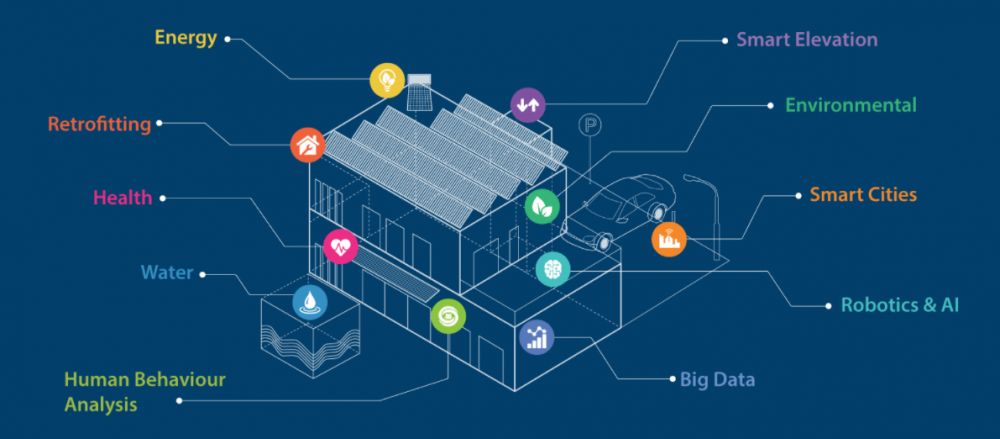
The development of a Smart House is an obvious contribution to the pervasive call for promoting digital transformation of entire civilisations. By building an ecosystem, infrastructure, and physical facility that fosters the development of novel IoT-empowered solutions, CERTH’s Smart House has taken a valuable role in driving regional and national development – striving towards international impact.
“We want to be a candidate and collaboration partner at European level, when new technologies are developed by SMEs and industry, in the future.”
Dimosthenis Ioannidis, Computer Electrical Engineer and Researcher, CERTH ITI
The Smart House has become an invaluable asset for CERTH. The house manifests itself as an asset creating continuous opportunities to capture and leverage pioneering technologies as well as to showcase R&D activities to partners and the general public.
The Smart House is an attempt to be closer to the market and foster collaborations and synergies between stakeholders across the entire ICT ecosystem. The value proposition of the Smart House also generates a monetary outcome as it has added additional streams of revenue to the profit mechanism of the Centre. These consist of service contracts (for clients in need of expertise in technological development), framework contracts (for clients in need of a testbed for evaluating and validating their technologies), and funding from research projects. Finally, the Centre has also established a non-monetary revenue in terms of collaborative partners that are willing to provide the Smart House with equipment, appliances, devices, materials etc., for CERTH to integrate in the building, in exchange for dissemination and access to expertise and data.
For the users of the solution, the direct outcome is a hub – both in physical terms and as an innovative community – that enables the user to rapidly prototype, develop, and validate novel technologies and IoT solutions. This outcome specifically translates into:
A final essential outcome of the Smart House is the vast amount of data being generated on continuous basis.
“Data! Every bit and byte that we are generating has value, because we are able to use it for AI and activities for further expanding the know-how and the expertise of the Institute and our solutions.”
Dimosthenis Ioannidis, Computer Electrical Engineer and Researcher, CERTH ITI
The valuable information indeed supports the business of the Centre, but also other stakeholders to improve their commercial impact, and has even elicited the rise of several spinoff companies. Hence, the outcome of the Smart House offers notable value for the entire society, being an active liaison between research and industry, and thereby acting as a driving force for delivering innovative IoT-empowered solutions to the market.
CERTH is indeed a frontrunner in IoT, both due to the development of their own Smart House and due to the deployment of stakeholders’ solutions within it, which has derived many learnings. Some of them even with transmissible value for other actors in the IoT ecosystem.
The most significant learning of the Centre has been to amend the perception of synergies as a non-monetary loop of value. As formerly described, the Smart House is often supported with cutting edge materials, equipment, and new ideas from gazelle companies in exchange for facility access, expertise, data, and dissemination. This expands the centre’s service portfolio significantly because it provides access to critical infrastructure that is not available in the market.
CERTH considers a number of points to be vital for the success of their IoT solution. Taking departure in the birth of the Smart House, these points are compiled into a list of recommendations below:
1. Seek out learnings from the best
Before even considering laying the first bricks of the Smart House, CERTH participated in training sessions at the European level, helping the Centre to organise and structure the innovation hub, and educating the people on how to build services and capabilities.
“When we started, we did not have the full spectrum of services and capabilities”.
Dimosthenis Ioannidis, Computer Electrical Engineer and Researcher, CERTH ITI
Even today, the team of the Smart House is restructured often to align with the changing needs of the stakeholders. However, they have learned to formalize their services, offerings and provisioning.
2. Explore the market
Before initiating development in the field of IoT, one must spend time to 1) get to know the market, 2) define the ambition of the solution in the market, 3) clarify who the solution is targeting, and 4) explore existing and potential synergies.
3. Reach out!
A major recommendation of CERTH is for new actors to not be afraid of actively reaching out to research centres, digital innovation hubs, and other organisations that can support one’s activities and provide the necessary feedback and expertise on further development. There is a myriad of opportunities that especially small companies and start-ups are not aware of – tenders, research grants, open calls for specific technologies and solutions – that can pave the way for penetration.
4. Be a pioneer
CERTH was the first to introduce a Smart House to the Greek region, and there are very few independent buildings around Europe that are used under the context of applied research (i.e., separated from a lab). The concept, however, is not new to the world. Essentially, CERTH finds that the pioneering lie in the application and the utilization of the infrastructure.
5. People are key
At the core of success are people. The people making up the living ecosystem as well as the people making up CERTH. IoT technology evolves every day, and those who will achieve success are those who are keen to learn.
“People are the key pillar of our success and they are the main drivers behind everything we do every day.”
Dimosthenis Ioannidis, Computer Electrical Engineer and Researcher, CERTH ITI
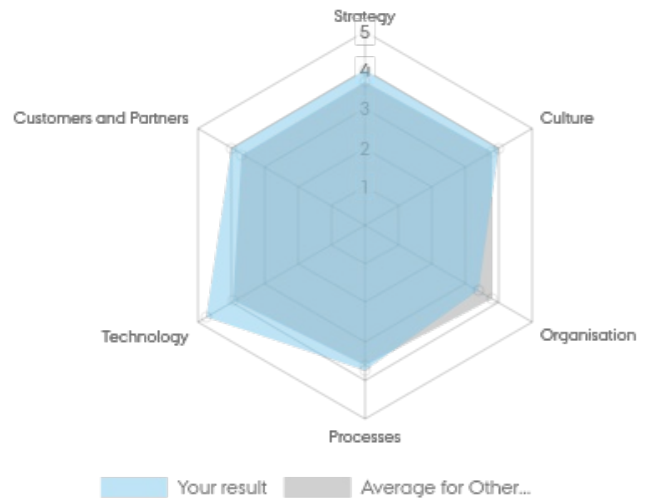
CERTH assumes a high level of digital maturity with an overall score of 3.98. The score indicates that the digital capabilities of the centre are vastly mature, and that they perform above average for the sector.
The Digital Maturity Assessment Tool is copyrighted by Associate Professor and PhD Annabeth Aagaard, Director at the Interdisciplinary Centre for Digital Business Development, Aarhus University. To get the digital maturity of your company mapped out, click here.
[1] NB-IoT (NarrowBand-Internet of Things): standards-based low power wide area (LPWA) technology developed to enable a wide range of new IoT devices and services. NB-IoT significantly improves the power consumption of user devices, system capacity and spectrum efficiency, especially in deep coverage.
[2] API (Application Programming Interface): set of methods and tools that allows different applications to interact with each other. Programmers use APIs to query and retrieve data dynamically (which they can then integrate with their own apps). A client can retrieve information through an API.
[3] TRL (Technology Readiness Level)
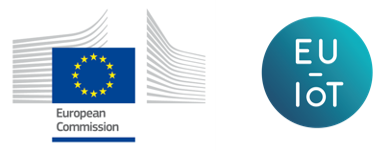
Copyright notice: © 2020 – 2023 EU-IoT Consortium.
This material was produced as part of the EU-IoT project, grant ID 956671, and is funded by the Horizon 2020 Framework Programme under topic ID ICT-56-2020.
EU-IoT is the European IoT Hub. The EU-IoT project works towards growing a sustainable and comprehensive ecosystem for Next Generation Internet of Things.
Source of origin: Information to document this use case originates from the H2020 call: SU-ICT-02-2020 Building blocks for resilience in evolving ICT systems (RIA); Project IoTAC 952684; Period: 01-09-2020 to 31-08-2023; EC contribution 5 mil. EUR.
